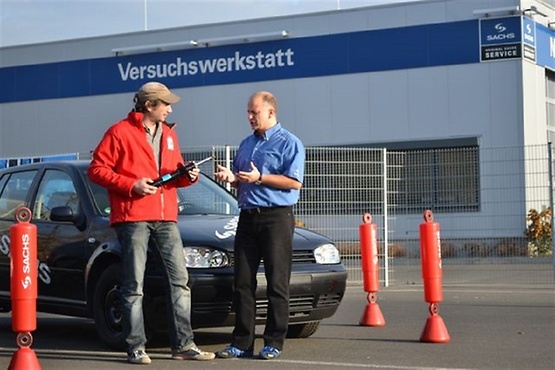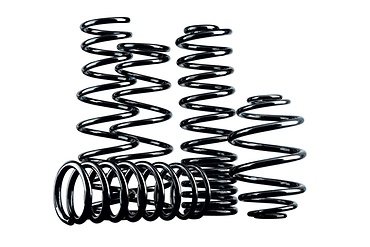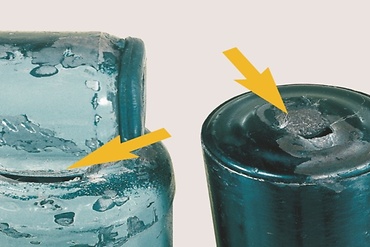Dampers should be tested regularly. That's because reduced performance causes many risks for drivers. The workshop professional knows how to check shocks and when replacement is necessary, and only uses original shocks and spares. Inspecting shock absorbers regularly ensures optimal safety and ride comfort, just like in a new car.
How-to-guide
Regular testing of dampers? That's not routine for many drivers. With serious consequences: Recent analyses have shown that in Germany, approx. one in seven tested vehicles has at least one defective damper.
For cars with either worn or defective shocks, including cars with an electronically adjustable chassis, there are various risks: The stopping distance becomes longer because the car's road contact is no longer optimally ensured. Many electronic advanced driver assistance systems – such as the ESP electronic stability program, ABS or traction control – require good contact of the wheels with the road to be able to develop their full potential. This therefore means that the more electronic safety systems are installed in the car, the more important is the full performance of the dampers. That's why maintenance and regular inspections of dampers are important.

Short stopping distances are only possible with effectively functioning dampers. Defective dampers reduce the brake force due to insufficient road contact. The stopping distance increases by up to 20% – depending on speed, vehicle systems and road surface. This can be as much as 6 meters for speeds up to 80 km/h – way too long when every meter counts. All this makes checking dampers extremely important for the safety of a car.

If the dampers no longer prevent the car body from pitching and vibrating, then it is more difficult to control the vehicle during avoidance maneuvers. Its cornering ability becomes generally unstable and the car is also more prone to aquaplaning.
In addition, the damper wear has a negative impact in other areas: Tires and chassis components such as tie rod ends or steering devices are also exposed to greater wear.
Oil leaking is a clear sign of a defective damper. However, a damper may be defective even if no oil spills are visible. A professional inspection is therefore essential, for instance during the MOT test. Damper inspections are ideally carried out by specialized workshops with the knowledge on how to check shock absorbers.
ZF Aftermarket product range
Discover the complete portfolio of suspension systems in our product catalog.


